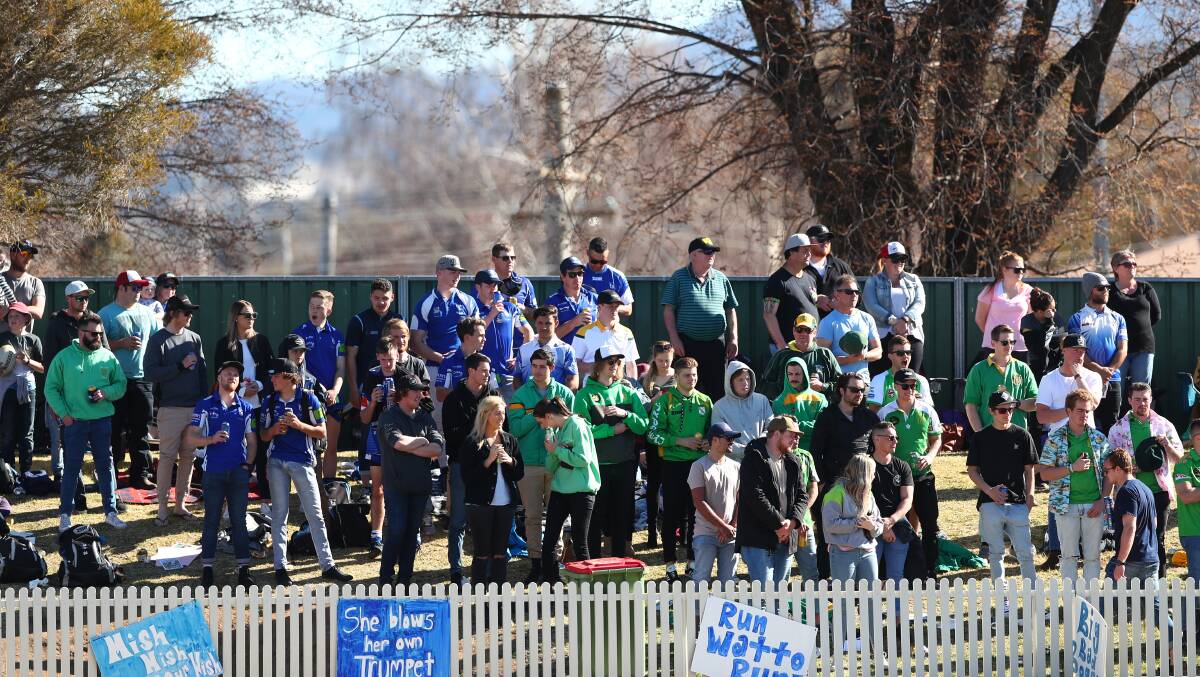
Rams regional manager Peter Clarke says western rugby league clubs haven’t ruled out a salary cap to help ensure the longevity of the game in the region, but for now a points cap is the right way forward.
Subscribe now for unlimited access.
$0/
(min cost $0)
or signup to continue reading
In what’s believed to be a first for bush football of any code, Riverina and Farrer League AFL clubs agreed to an initial salary cap of $100,000 for the 2018 season as a starting point in the battle to rein in player payments in the state’s south.
And Clarke, speaking after the Western Rams annual general meeting at Wellington on Wednesday night where a points cap for both Group 10 and Group 11 was ratified ahead of next season, revealed a cap on player payments in western has been discussed.
“But the practically has been an issue,” Clarke said.
“I wouldn’t say it’s off the table but at this time club’s are happy with a points system to curb inflation of payments.”
Group 11 clubs will be allowed to use 2100 points next season and Group 10 clubs 1700.
Group 11’s total is 400 points more than its eastern neighbour due to the fact 2018 will be the first year the competition has adopted the system.
“It’s basically a phasing-in period,” Clarke said.
Group 10 first used a points cap in 2014.
Juniors are worth zero points and any player that’s played international football for Australia, England or New Zealand in the last three years worth 1200 points – the highest charge for any player.
Country representative players are worth 500 points, divisional rep stars, NYC graduates, NSW or QLD Cup players all 400 and Group players 300.
While a first grade player that moves club at the end of a season to join another is worth 200 points.
A player’s worth is also decreased each year he remains at the same club until, after three seasons, a player’s cap worth is zero points.
As it stands heading into Christmas, Oberon recruit Josh Starling will incur the most amount of points of any player in the region.
The former Newcastle Knights prop is worth 700 points due to having played NRL in the last three seasons.
Ex-NRL players Mick Sullivan (Orange CYMS) and Jack Afamasaga (Mudgee Dragons) are now worth no points towards their sides’ respective caps after playing for longer than three years at their clubs.
There are other exemptions in each competition’s cap, too.
With tier two clubs, basically the small-town teams, Nyngan, Wellington and Narromine, allowed two discounted players in its 2100 points.
While tier two clubs in Group 10 – those being Oberon, Cowra and Blayney - are allowed to discount one player in their cap.
A discounted player has their points value halved.
Tier two clubs are determined based on populations and junior numbers.
Clarke said the system will be reviewed annually as clubs look to ensure both a level playing field and a sustainable future for the code in the region.
Peter McDonald (Group 10) was reinstated as Western’s chairman, with Ross McDonald (Group 11) and Bryson Luff (Castlereagh Cup) on the board, along with Blayney’s Chris Smith, who is the junior delegate.


